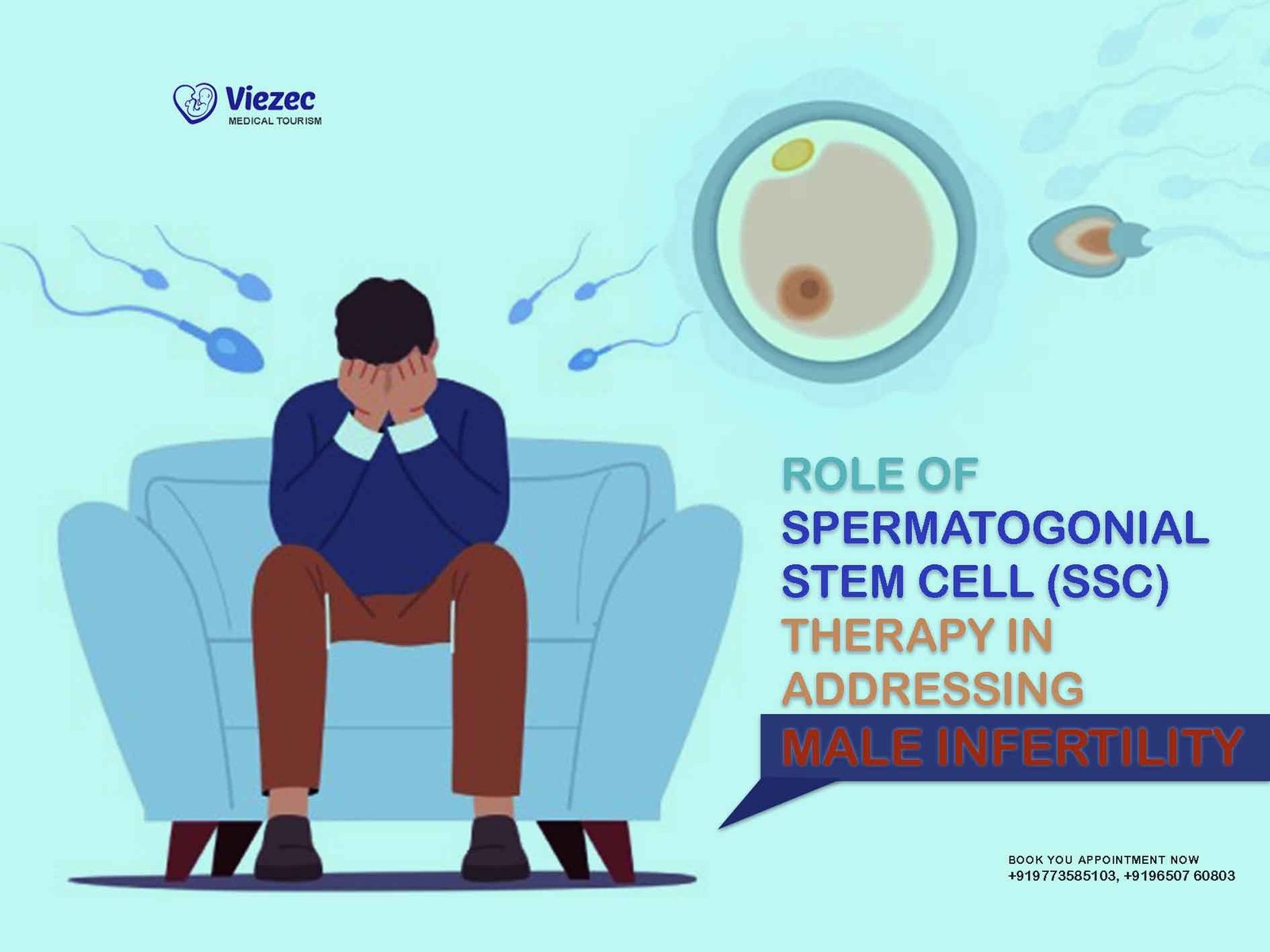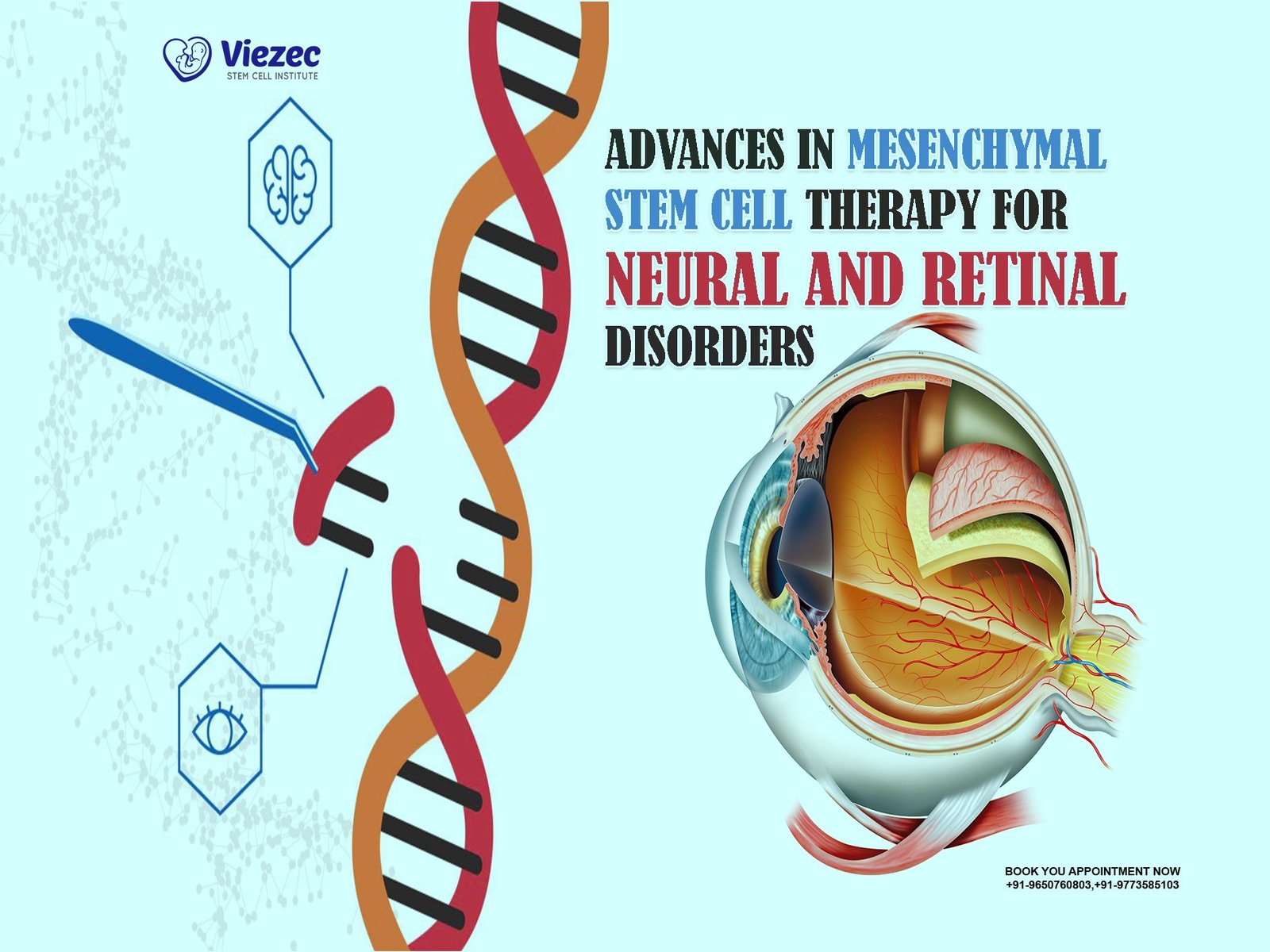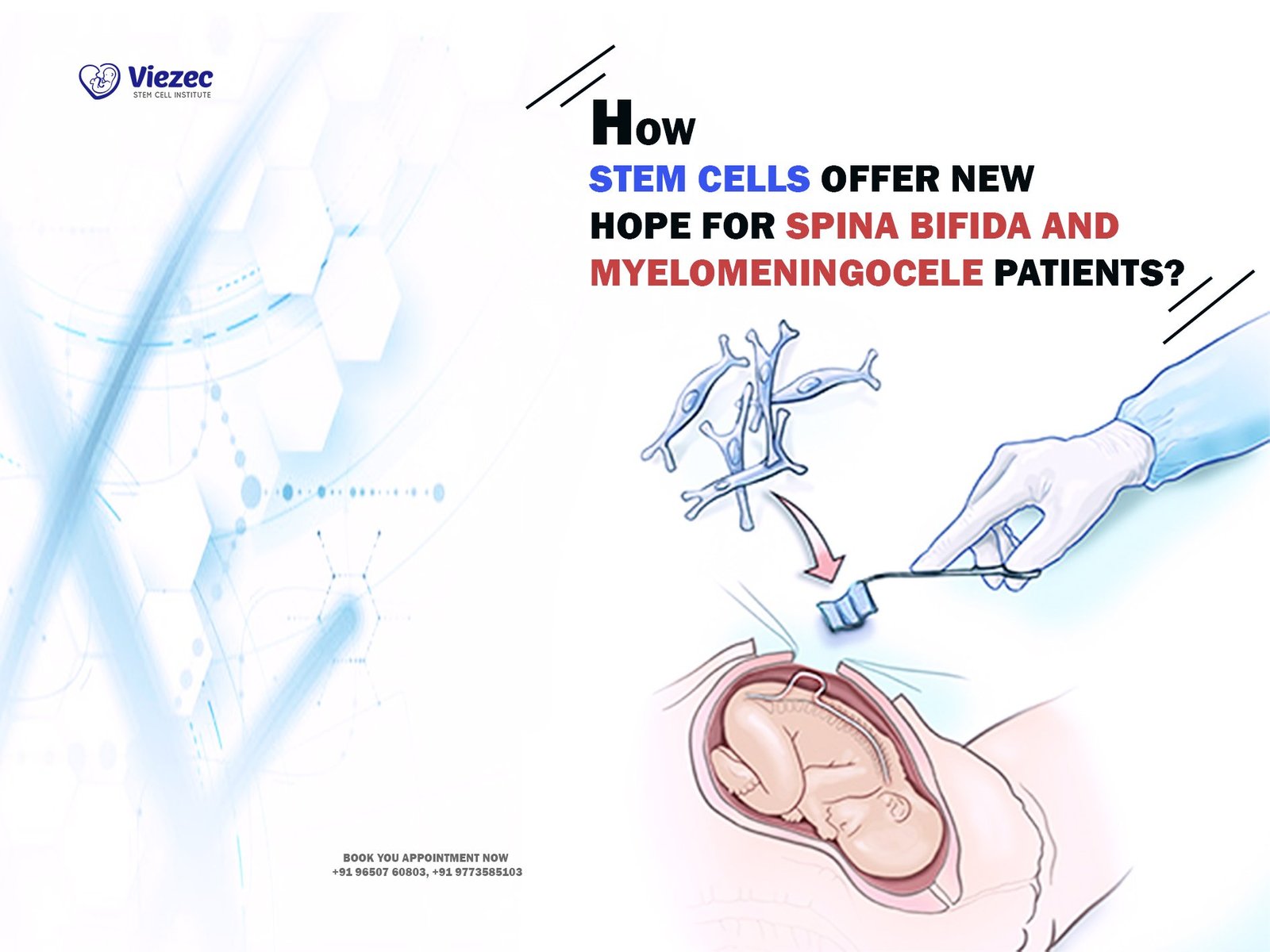Stem cells have long intrigued scientists and medical professionals with their remarkable ability to regenerate and differentiate into various cell types. Stem cell activation, a process vital for tissue repair and regeneration, has garnered significant attention in recent years due to its potential applications in regenerative medicine, disease treatment, and anti-aging therapies.
What are Stem Cells?
Stem cells are undifferentiated cells capable of self-renewal and differentiation into specialized cell types. They exist in various tissues throughout the body and play crucial roles in development, tissue maintenance, and repair.
Concept of Stem Cell Activation
Stem cell activation refers to the process by which stem cells transition from a quiescent state to a state of proliferation and differentiation in response to specific signals or stimuli. This activation is essential for tissue regeneration and repair following injury or disease.
Importance of Understanding Stem Cell Activators
Understanding the mechanisms of stem cell activation is vital for harnessing the therapeutic potential of stem cells in regenerative medicine. Identifying and manipulating stem cell activators can lead to the development of novel treatments for a wide range of medical conditions.
Types of Stem Cells and Their Functions
Embryonic Stem Cells (ESC)
Embryonic stem cells are derived from the inner cell mass of early-stage embryos and have the potential to differentiate into any cell type in the body. They play a crucial role in embryonic development and have significant implications for regenerative medicine.
Adult Stem Cells (ASC)
Adult stem cells are tissue-specific stem cells found in mature tissues throughout the body. They contribute to tissue maintenance and repair by replenishing damaged or senescent cells. Adult stem cells have more limited differentiation potential compared to embryonic stem cells but remain essential for homeostasis and regeneration.
Induced Pluripotent Stem Cells (iPSC)
Induced pluripotent stem cells are generated by reprogramming adult cells, such as skin cells, into a pluripotent state similar to that of embryonic stem cells. iPSCs hold promise for personalized medicine and disease modeling, as they can be derived from patient-specific cells.
Stem Cell Niches and Microenvironments
Stem cell niches are specialized microenvironments within tissues that regulate stem cell behavior and function. These niches provide the necessary signals and cues for stem cell maintenance, activation, and differentiation.
Functions of Different Types of Stem Cells
Each type of stem cell serves unique functions in the body, ranging from embryonic development to tissue repair and regeneration. Understanding the specific roles and characteristics of different stem cell populations is essential for harnessing their therapeutic potential.
Mechanisms of Stem Cell Activation
Signaling Pathways in Stem Cell Activation
Stem cell activation is governed by a complex network of signaling pathways that respond to extracellular cues and intracellular signals. Key pathways involved in stem cell activation include Wnt, Notch, and Hedgehog signaling, among others.
Role of Growth Factors and Cytokines
Growth factors and cytokines play crucial roles in stimulating stem cell proliferation and differentiation. These signaling molecules regulate various cellular processes, including cell cycle progression, gene expression, and cell fate determination.
Epigenetic Modifications
Epigenetic modifications, such as DNA methylation and histone acetylation, dynamically regulate gene expression patterns during stem cell activation. Epigenetic changes play a critical role in modulating stem cell fate decisions and lineage commitment.
Cellular Communication in Activation Processes
Cellular communication within stem cell niches and microenvironments is essential for coordinating stem cell behavior and activation. Cell-cell interactions, paracrine signaling, and extracellular matrix dynamics influence stem cell fate and function.
Natural and Synthetic Stem Cell Activators
Naturally Occurring Activators: Plant-Based Compounds
Several plant-based compounds have been identified as natural stem cell activators, capable of modulating signaling pathways and promoting stem cell proliferation and differentiation. Examples include flavonoids, polyphenols, and phytohormones found in various botanical extracts.
Synthetic Compounds and Small Molecules
Synthetic compounds and small molecules have been developed to mimic the effects of natural stem cell activators or target specific signaling pathways involved in stem cell regulation. These synthetic agents offer potential therapeutic benefits and can be optimized for efficacy and safety.
Comparison of Natural vs. Synthetic Activators
The choice between natural and synthetic stem cell activators depends on various factors, including potency, specificity, stability, and safety profile. Both natural and synthetic activators have unique advantages and limitations, highlighting the importance of tailored approaches in stem cell therapy.
Applications of Stem Cell Activation
Regenerative Medicine and Tissue Engineering
Stem cell activation holds promise for regenerative medicine and tissue engineering applications, including the repair and replacement of damaged or diseased tissues and organs. Activated stem cells can be harnessed to regenerate bone, cartilage, muscle, nerve, and other tissues.
Treatment of Neurodegenerative Diseases
Stem cell activation strategies are being explored for the treatment of neurodegenerative diseases, such as Parkinson’s disease, Alzheimer’s disease, and spinal cord injury. Activated stem cells have the potential to replace lost or damaged neurons and promote neural repair and regeneration.
Therapeutic Potential in Cardiovascular Disorders
Stem cell activation therapies show promise for treating cardiovascular disorders, including myocardial infarction, heart failure, and peripheral artery disease. Activated stem cells can improve cardiac function, promote angiogenesis, and enhance tissue repair in damaged cardiac tissues.
Cancer Treatment and Stem Cell Activation
While stem cell activation has therapeutic potential in regenerative medicine, it also poses challenges in the context of cancer treatment. Activated stem cells within the tumor microenvironment may contribute to tumor growth, metastasis, and therapy resistance, highlighting the need for precise targeting strategies.
Challenges and Ethical Considerations
Safety Concerns in Stem Cell Activation
Safety concerns associated with stem cell activation include the risk of tumorigenesis, immunogenicity, and off-target effects. Strategies to mitigate these risks include rigorous preclinical testing, optimized delivery methods, and monitoring of long-term outcomes.
Regulatory Issues and Clinical Trials
Regulatory agencies play a crucial role in overseeing the development and clinical translation of stem cell activation therapies. Ethical and regulatory considerations include patient safety, informed consent, intellectual property rights, and compliance with Good Manufacturing Practices (GMP).
Ethical Implications of Manipulating Stem Cells
Manipulating stem cells for therapeutic purposes raises ethical questions regarding the source of stem cells, embryo destruction, and the commodification of human tissues. Ethical frameworks and guidelines help navigate these complex issues and ensure responsible conduct in stem cell research and therapy.
Future Directions and Innovations
Advancements in Stem Cell Activation Technologies
Advancements in stem cell activation technologies include the development of novel biomaterials, gene editing tools, and bioinformatics approaches. These innovations enable precise control over stem cell behavior and function, opening new avenues for therapeutic applications.
Emerging Trends in Stem Cell Research
Emerging trends in stem cell research include organoid technology, organ-on-a-chip platforms, and 3D bioprinting techniques. These innovative approaches enhance our understanding of stem cell biology and enable more accurate modeling of human physiology and disease.
Integration of Stem Cell Therapy with Other Treatments
Integration of stem cell therapy with other treatment modalities, such as gene therapy, immunotherapy, and drug delivery systems, holds promise for synergistic therapeutic effects. Combined approaches can enhance the efficacy, specificity, and safety of stem cell-based interventions.
Clinical Perspectives and Case Studies
Success Stories in Stem Cell Activation Therapy
Several success stories demonstrate the therapeutic potential of stem cell activation therapy in clinical settings. From bone marrow transplants to cell-based regenerative therapies, these case studies highlight the transformative impact of stem cell activation on patient outcomes.
Clinical Trials and Experimental Treatments
Ongoing clinical trials and experimental treatments are evaluating the safety and efficacy of stem cell activation therapies for various medical conditions. Rigorous clinical research is essential for translating preclinical findings into clinically viable treatments and advancing evidence-based medicine.
Patient Outcomes and Long-Term Follow-Up Studies
Long-term follow-up studies are crucial for assessing the durability and safety of stem cell activation therapies over time. Monitoring patient outcomes, including survival rates, quality of life, and disease progression, provides valuable insights into the real-world effectiveness of stem cell-based interventions.
Role of Stem Cell Activators in Aging and Longevity
Rejuvenation Therapies and Anti-Aging Effects
Stem cell activation therapies hold promise for rejuvenating aging tissues and promoting healthy aging. By replenishing senescent cells and enhancing tissue repair mechanisms, activated stem cells may mitigate age-related decline and extend healthspan.
Impact of Stem Cell Activation on Lifespan
The impact of stem cell activation on lifespan remains a topic of ongoing research and debate. While stem cell-based interventions have the potential to extend lifespan by addressing age-related diseases and degenerative processes, ethical and societal considerations must be carefully considered.
Ethical and Societal Implications of Longevity Treatments
The pursuit of longevity treatments raises ethical and societal concerns regarding equity, resource allocation, and the commodification of life extension. Balancing the potential benefits of longevity interventions with ethical principles and social values is essential for responsible innovation in aging research.
Personalized Medicine and Stem Cell Activation
Tailored Approaches to Stem Cell Therapy
Personalized medicine approaches aim to customize stem cell therapies based on individual patient characteristics, such as genetic makeup, disease phenotype, and treatment response. Precision medicine strategies enhance treatment efficacy and minimize adverse effects by tailoring interventions to each patient’s unique needs.
Genetic Factors Influencing Treatment Response
Genetic factors play a significant role in determining individual responses to stem cell activation therapies. Understanding genetic variations that influence treatment outcomes can inform personalized treatment strategies and optimize therapeutic efficacy.
Challenges in Implementing Personalized Strategies
Challenges in implementing personalized stem cell therapy strategies include the complexity of genetic factors, variability in treatment responses, and ethical considerations surrounding genetic testing and privacy. Overcoming these challenges requires interdisciplinary collaboration and ongoing research efforts.
In conclusion, understanding stem cell activators and their mechanisms of action is crucial for unlocking the full potential of stem cell-based therapies in regenerative medicine, disease treatment, and anti-aging interventions. Continued research and innovation in stem cell activation hold promise for transforming healthcare and improving patient outcomes in the years to come.









